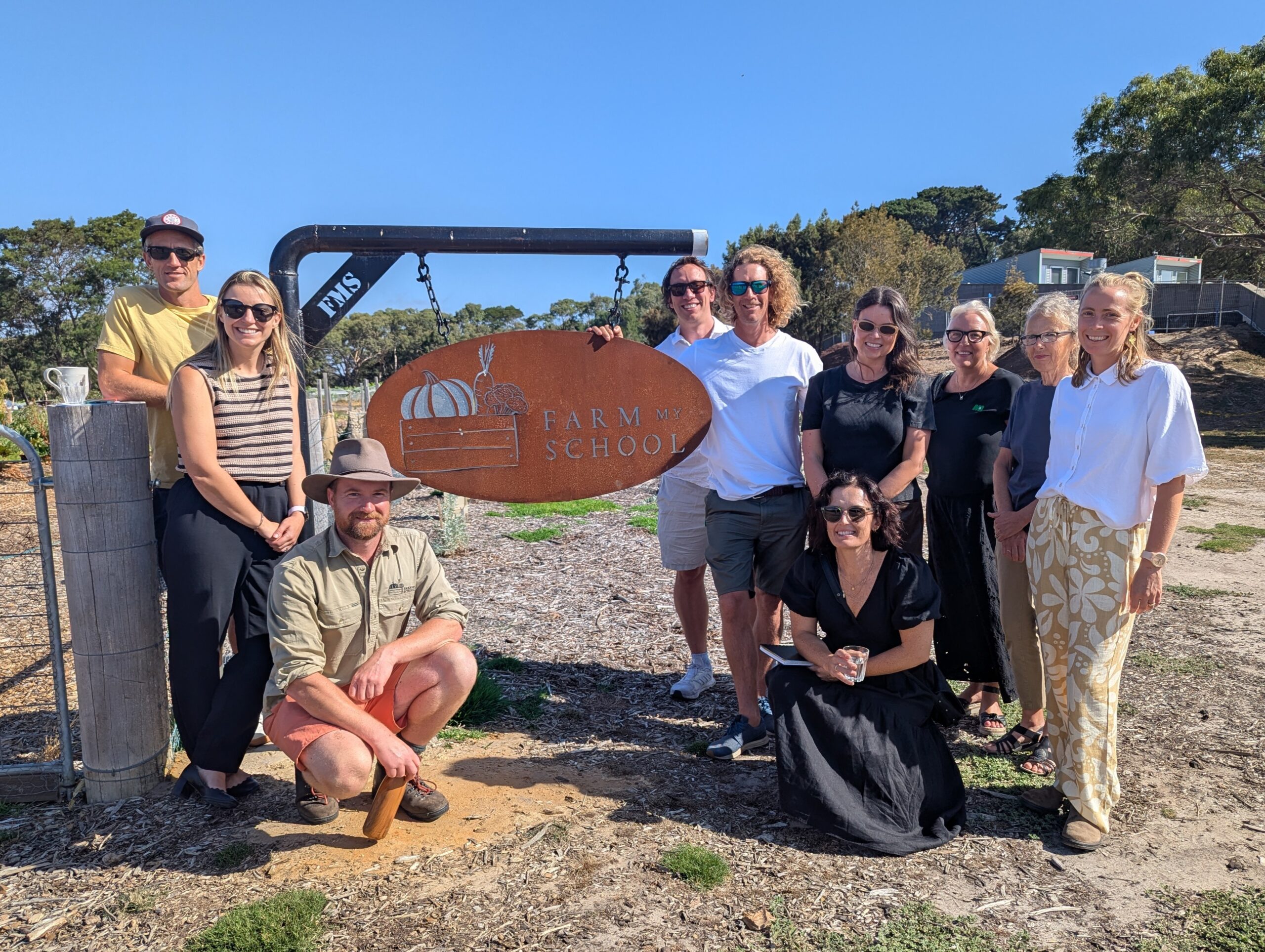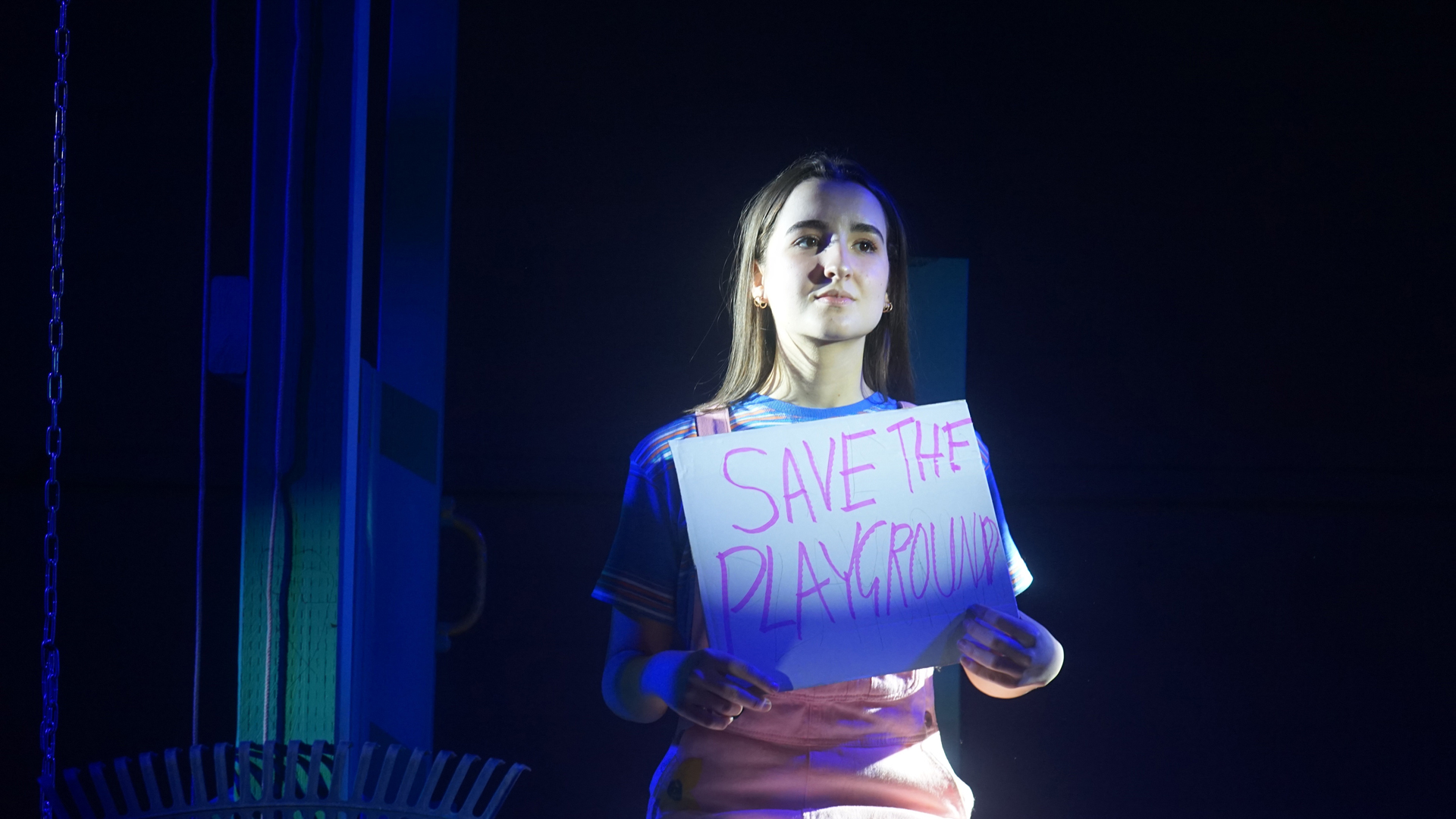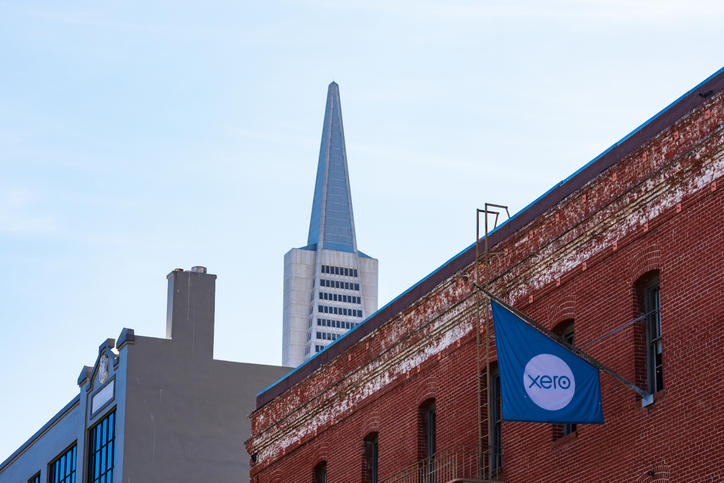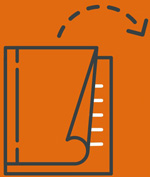While international travel looks to be off the cards well into 2021, the Clark Griswold cross country (drivable) vacation is now within reach before Christmas. Melbourne has recorded zero new COVID-19 cases since 31 October, a tremendous feat considering the state was reporting over 700 new daily cases as recently as August. Queensland has since eased travel restrictions with Victoria and Greater Sydney as of December 1, and Western Australia will reopen by December 8.
At Milford, we are of the view that while the recovery will be fragmented across regions and categories of spend, there are investment opportunities in specific domestic travel companies exposed to either regional areas or short stay services. Both anecdotal and industry feedback suggests that tourism volumes have been strengthening despite international borders remaining closed – so let’s dig a little deeper into the numbers.
A common misconception in Australia is that international tourist spend is far greater than that of the domestic traveller. Interestingly, Tourism Research Australia (TRA) data calculates outbound Australians spent $64.9bn in calendar year (CY)2019 internationally which far outweighs the spend of international inbound travellers ($45.4bn over CY19). If those domestic travellers direct just half of what they normally spend offshore within Australia, it will replace around three quarters of the lost income from international border closures.
Domestic overnight travel spend comfortably outstrips international (CY19)

Source: Travel Research Australia, November 2020
TRA data shows Australians spent a significant $80.7bn on domestic overnight travel in CY19 and an additional $26.3bn on day trips. Further strengthening the return of the regional vacation is that intrastate travel is far more important to a recovery than interstate travel. In NSW, VIC and QLD intrastate travel contributed 70%, 69% and 72% of visitors, respectively.
CY19 visitors to selected states (‘000); two thirds of visitors are intrastate travellers

Source: Travel Research Australia, November 2020
The essential ingredient to a regional tourism recovery is consumer sentiment. While March saw the lowest level of consumer sentiment on record, the sharp recovery since has been outstanding and suggests Australians are planning for a ‘normal Christmas’. This is particularly important given consumer sentiment is typically a limiting growth factor to the return in domestic travel. The three key drivers of the rebound are clearly influenced by supportive government policy, but nonetheless are encouraging for near term sentiment:
- Economic conditions over the next 12 months. Up +12.4%;
- Economic conditions over the next 5 years. +22.4%; and,
- Family finances over the next 12 months. +22.4%.
Consumer Sentiment Index

Source: Westpac Economics, Melbourne Institute
Google Trends also suggests ongoing strength in domestic tourism volumes heading into Christmas. A telling example is a simple search of ‘Accommodation in Byron Bay’ which records the highest search frequency in 5 years.
Google Search term ‘Accommodation in Byron Bay’

Source: Google Trends, December 2020
Milford is exposed to this thematic through our investment in Sealink. Sealink operates ferry services to in-demand Australian island destinations such as Rottnest Island in Western Australia and Fraser and Magnetic Islands in Queensland.
Companies servicing automobiles and providing outdoor leisure equipment should also benefit as people travel around the country. These include Super Retail Group (owns Super Cheap Auto and camping stores) and Kathmandu.



